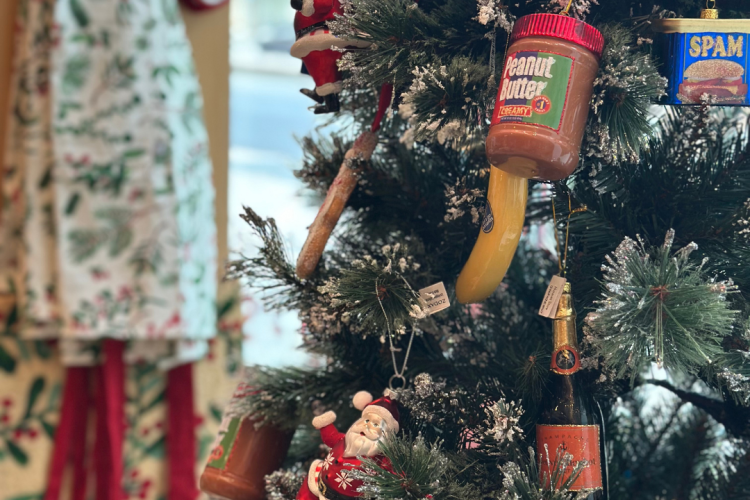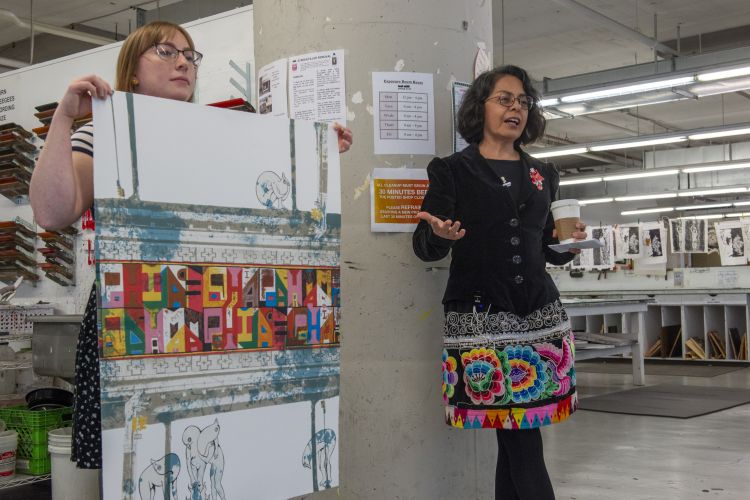STORIES FROM PAFA
Adam Lovitz
Adam Lovitz (MFA ‘12) comes from nearby Havertown in Delaware County. Growing up, he was familiar with PAFA and occasionally attended shows here as a high school student. After receiving a BFA from the University of Delaware, Lovitz did a residency at the Vermont Studio Center in 2009 and started thinking seriously about an art career. He found himself drawn to the community at PAFA, and the history it represented in Philadelphia. Of his choice to study here, Lovitz says, “I knew I wanted to continue being a part of a community of serious makers.”
Since graduation, Lovitz has been showing nationally and teaching. He currently teaches in the BFA program at Tyler School of Art at Temple University, and in the Continuing Education Department at The University of the Arts. He was recently included in a 3-person show at Fleisher/Ollman Gallery in Center City. In 2017 he also had work at Basel Miami in the Spring/Break show, Trestle Gallery in New York, and Snyderman-Works Galleries in Philadelphia. Talking with Lovitz, it’s clear he is deeply embedded in the Philly scene, and interested in forging connections through his different artistic communities.
Why were you originally drawn to studying at PAFA?
The lure of PAFA was its connection to Philly, and how this would provide a sort of bedrock to my early professional years as an artist. I knew that whatever school I would be going to, I would want to live in that city for at least a few years after graduating. Reflecting on this, I felt charged by the atmosphere of Philly, and found something very special in the intimacy and legacy of PAFA. Upon visiting the MFA program, I was convinced that while PAFA has deep roots as an academic institution of the past, it also has a commitment to incubating artists who are living in the now. This duality was nourishing for me.
It sounds like Philly means a lot to you. What does it represent for your life and career as an artist?
It represents a paradigm that if you have an idea, you can actually make it happen. A lot of my shows came from just talking with friends, then writing down our ideas, and pitching them to galleries and spaces around town. It’s not super large, there’s a culture here. There’s a history felt here in terms of creatives. PAFA itself has a large history. I feel like I’m a part of something I can grow with, as opposed to a very large, saturated place where there’s a lot of pressure. I don’t feel that pressure in Philly. You can make a life here. There’s a certain taste here that just resonated with me. I love the fact that you can just escape to the Wissahickon for the day, but you can also be immersed in a city environment. There’s a grittiness about it, but in that grittiness there’s also like a mystical Do-It-Yourself identity. In terms of being a painter, there’s a fresh, layered contemporary look.
Tell me about your experience as an MFA student. What was your time at PAFA like?
When I came to PAFA, I had people coming into my studio and questioning my materials, so I had to think about what materials I was using. I asked myself “Why am I choosing paint? In the midst of these serious painters, why should I still choose this?” I started doing a little bit of performance there, so I was informing the painting practice with those other ventures. It was all about making a gesture, leaving a mark, not graduating like a “PAFA painter.” I remember [Critic] Mark Blavat saying to me “You’re only thinking straight ahead when there are all these woods surrounding you, behind you and around you.”
How do you feel being involved with PAFA has impacted your trajectory as an artist?
There’s a multitude of characters there that created a framework of how to make a life as an artist. There are a lot of models, and some resonated more than others. Do you want to be a full-time professor, or maybe a critic with a strong studio practice, or part of an artist collective? I also found it very important to see who was graduating from other schools and what was happening in the larger community.
The class you’re teaching at Temple is called "Race, Identity & Experience in American Art." You mentioned that teaching is in some ways a continuation of your time in grad school. How so?
This class is very similar to the Seminar classes in grad school in how it grounds artistic ambitions within the environment and times the work is made. This was a crucial element in grad school I felt—context. This not only gave me a particular lens to view my own studio makings, but perhaps more significantly, offered multitudes of perspectives that have been silenced, marginalized, misrepresented within American society. Using a timeline of artists and artworks to probe American history is an extremely credible and practical method to examine current issues of identity, while also pointing out the flaws of the art world as they measure up to the flaws of our society.
How has the current political climate affected this class?
This was a Wednesday morning class, so we met the morning after Trump got elected in November of 2016. I just went to class, dimmed the lights, put on mellow music, and said, “[T]his will be an hour to just get things off your chest,” and I just opened it up for the students to talk.
There’s a responsibility, there’s a relevancy, and there’s a space to be able to show some wild art. We have a space to talk about the art, the identity behind the art, and it can create a fuller understanding of the country as a whole. For example, when we talk about Catherine Opie and trans and queer artists, I might throw in a relevant article from the Washington Post as a reading. We talk about how politics is affecting these artists. It gives me a platform to not just talk about the content of the course but really listen to the personal experience of these students. I’m learning all about the dynamics of trust.
I felt like in grad school I started to confront the questions of why I am painting. I asked myself, “Who are you to be doing this?” And now teaching this class adds a whole other layer to that, and my relationship to myself in the midst of it all.
What kinds of things do you try and instill in your students? What do you think is most essential?
I hope they can leave this class really excited about new things they hadn’t considered before, be it art or a political movement. I want this newness, whether it’s new information, new content, or a stronger bridge in which to think about things and who the students are in relationship to it all. I wanted avenues to facilitate new information not just through dry history books. How can art facilitate this conversation? How can speaking with someone with a different background that you facilitate this conversation? And how is the artistic language of different artists we look at through the semester delivering content? Who are you in relationship to the things you’re learning in this course? Maybe someone can learn a lot more from a painting than they can from 20 pages in history book.
I feel like all of your answers are questions.
And I feel like that’s something that PAFA really gave me too. There were definitely specific professors that didn’t leave my studio with the clarity of statements. They always left my studio with questions. [Professor] Jan Baltzell once said “Have you ever thought about the word ‘levitate’ when you paint?” and then just left my studio. The studio practice is just a process of questioning. You have more experience and more knowledge, but then you have more questions based on that. And that’s as it should be, it’s a constant giving and receiving.
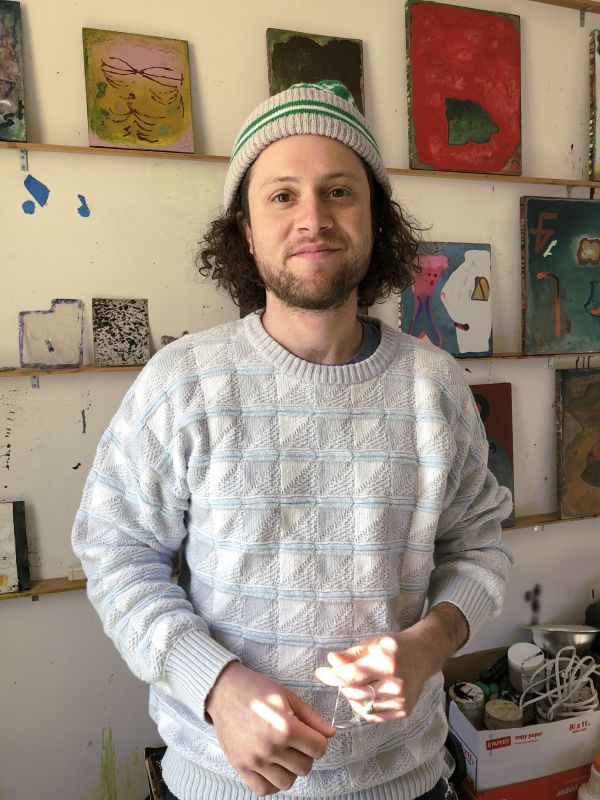
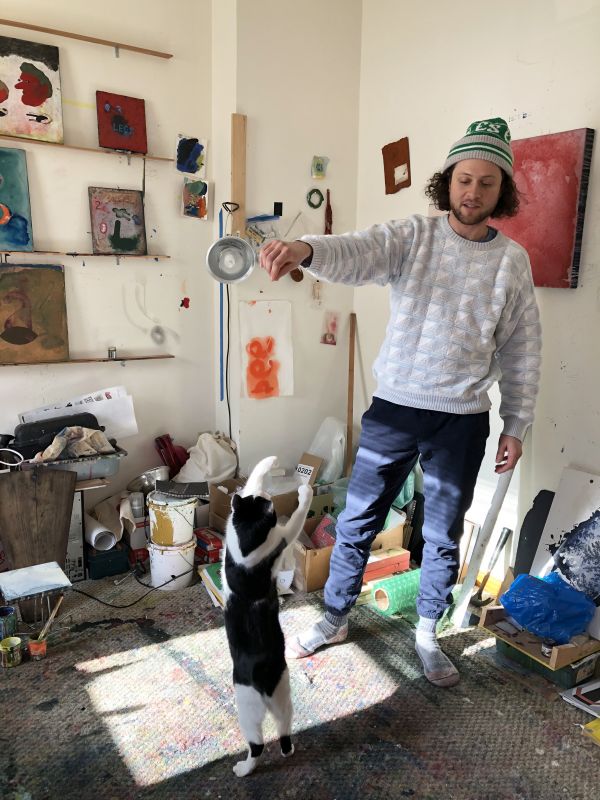
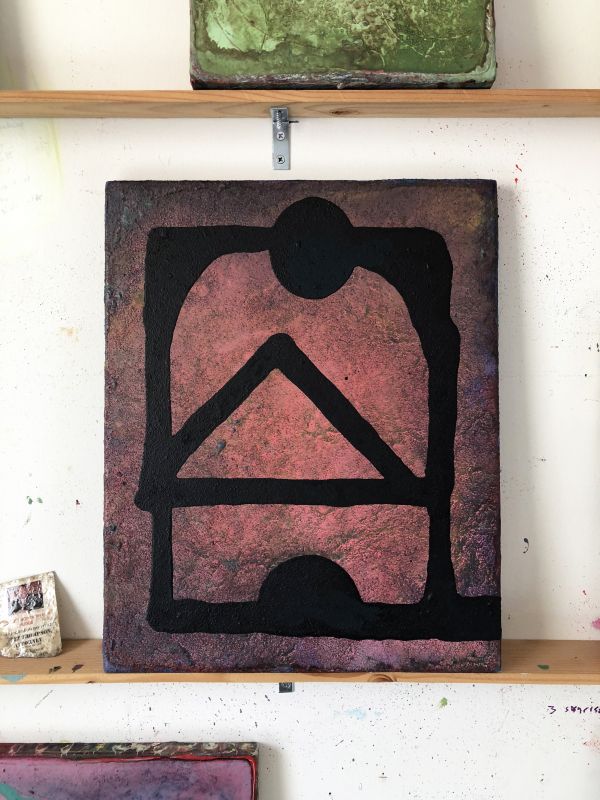
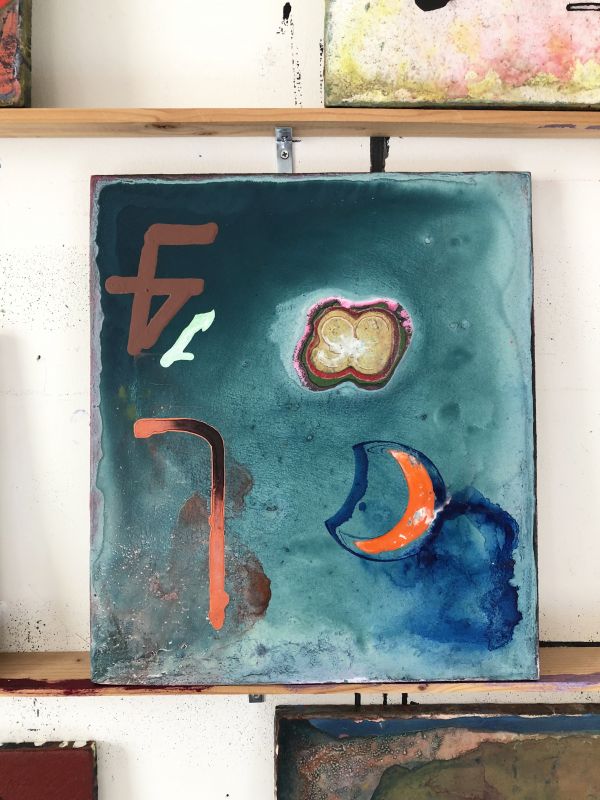
We're so excited you're planning to visit PAFA!
Make time for art — visit us Thursday to Sunday.
Before reserving your tickets, please review helpful information about museum hours, accessibility, building access, and special admission programs.
If you have any questions, feel free to reach out to us at visitorservices@pafa.org — we’d love to help!
